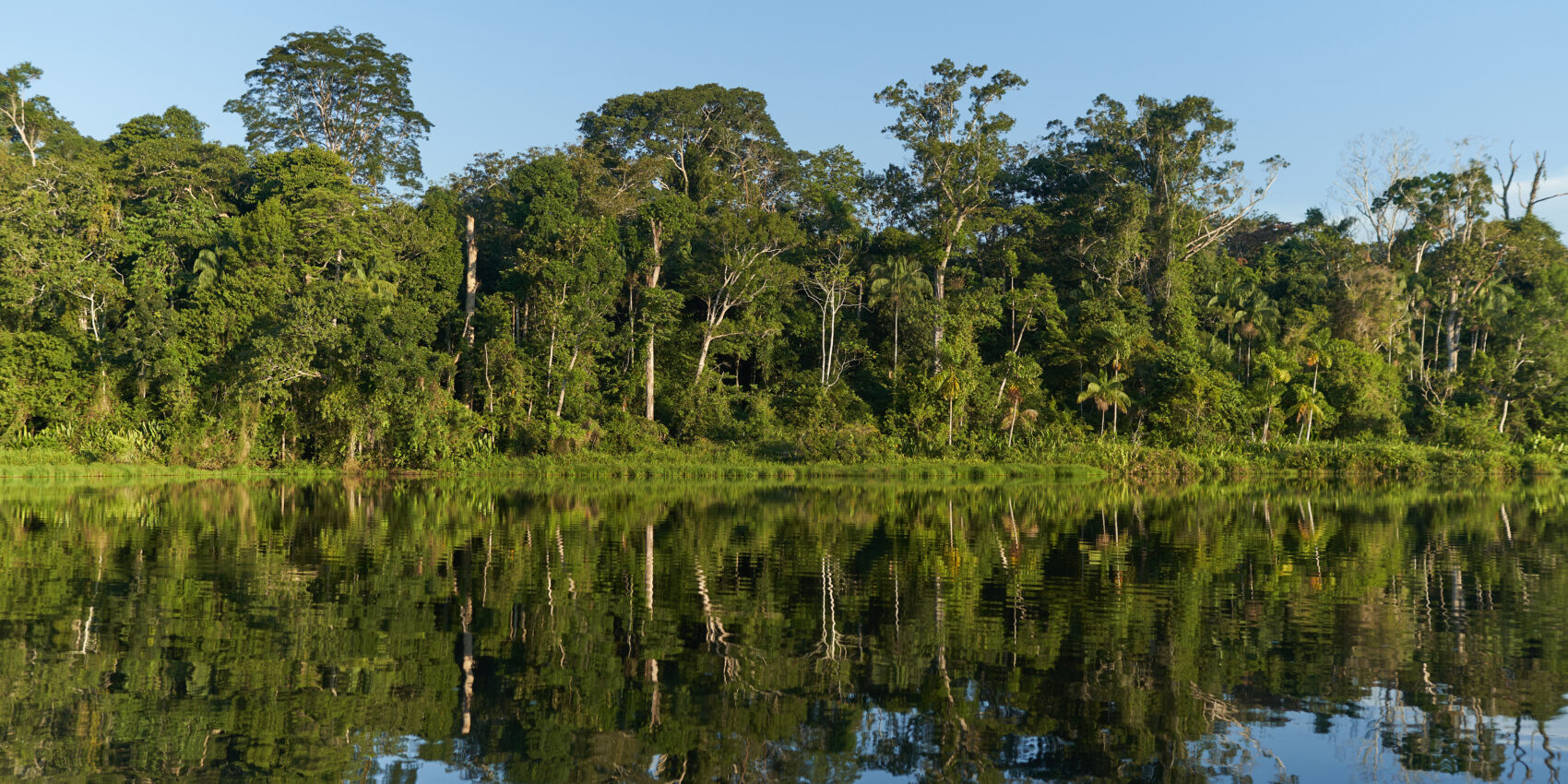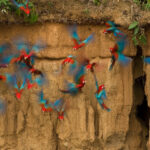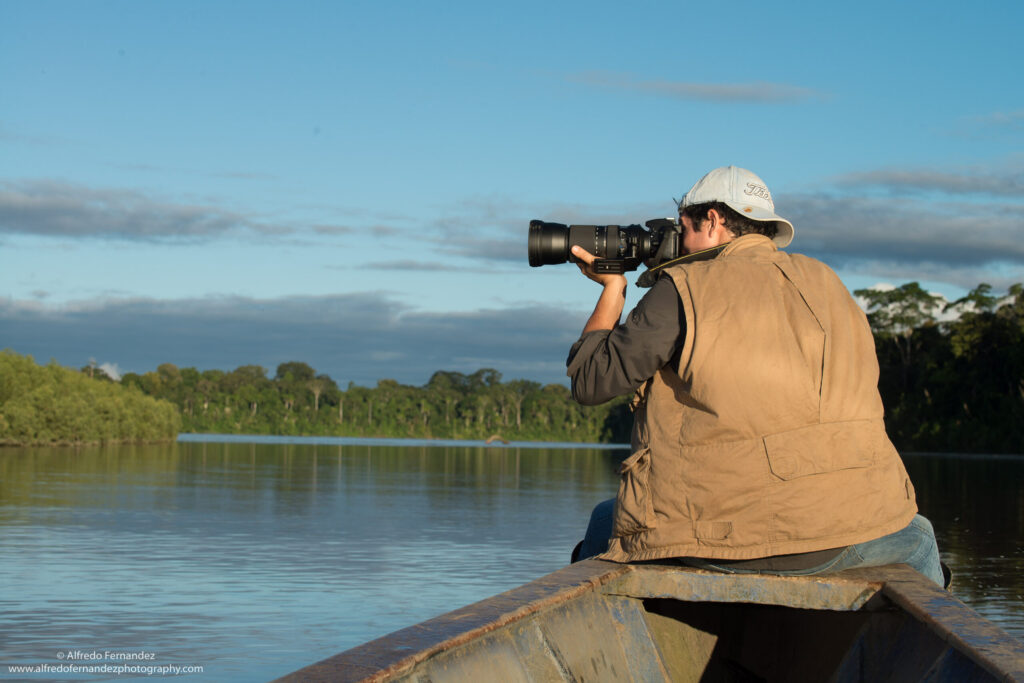Animals have a series of advantages over their plant’s counterparts. First of all, we are mobile, we can move searching for food and resources, and can run away from or fight a predator. Plant in the other hand, are still. And they better find a way to compete with all the other plants for the vital minerals in the soil and the sunlight. Even more important, is how they keep predators at bay.
Given that the Amazon Rainforest has the highest number of plant species per unit of area, it is not hard to believe that some crazy evolution strategies have occurred. Below, we will briefly go over two different survival mechanisms evolved by Amazonian plants.
The first species we are going to over (Hura crepitans) has developed a very good way of keeping predators at bay. All its surface its covered with spines! What is more interesting is that, no present herbivore is large enough to eat its leaves. This evolutionary strategy was designed for the giant prehistoric mammals that once roamed the Amazon. A quick walk through the trail that connects the river with Cocha Camungo will show you a few trees of this species. Don’t lean on them!

The second species, Triplaris americana, locally known as ‘Palo Santo’ or Sacred Stick in English, is even a more incredible evolutionary feat. Even though at first sight the tree looks completely normal, it is easy to tell apart from other species because virtually nothing grows surrounding it. How is this the case, you might ask. It turns out that the tree has a symbiotic relationship with a species of Ants. The tree acts as a home and provides nectar to the ants, in turn the army of ants lives and protects the tree not only from predators, but also from competitors which might try to use the same nutrients of light. If you dare to touch one of the tree’s leaves, you will be stormed by an army of ants, so we highly recommend you not doing so. Given these highly interesting features, this tree has a special place in the local mythology.
Here is a quick video by National Geographic about this incredible symbiotic relationship:
If you wish to know more about the subject, please do not hesitate to contact us. We highly recommend you to book a trip with us for you to explore the amazon rainforest and enjoy all the treasures it has to offer.






